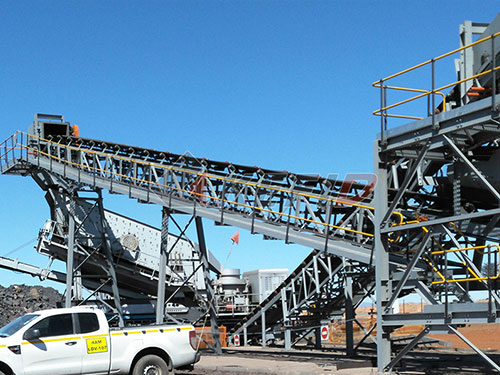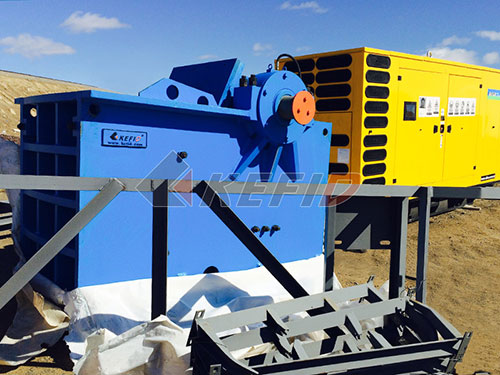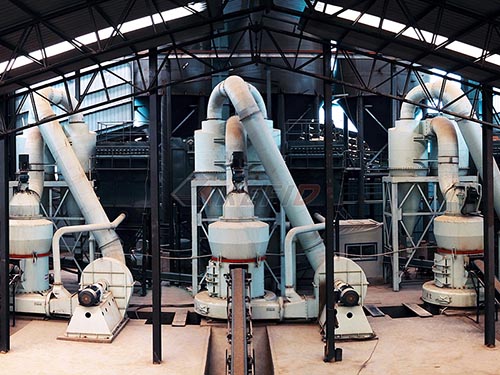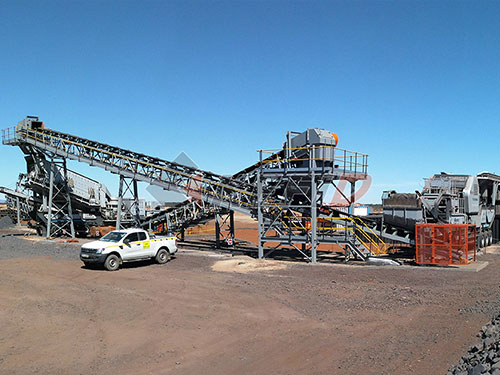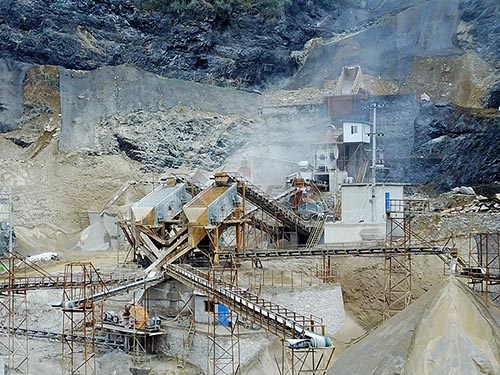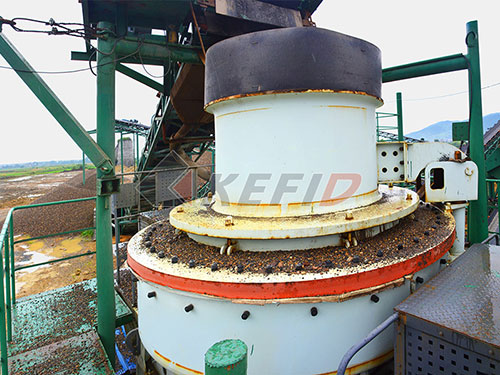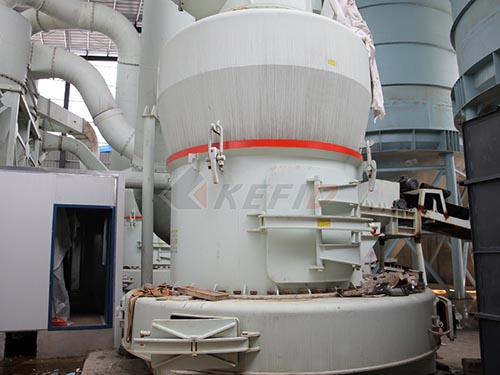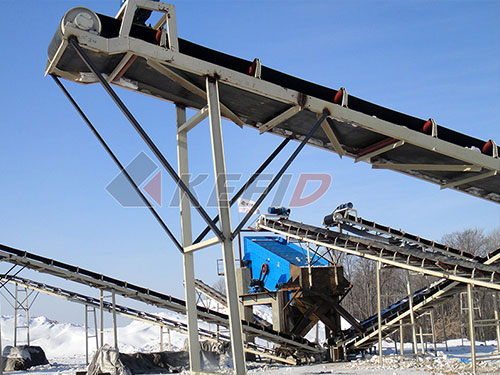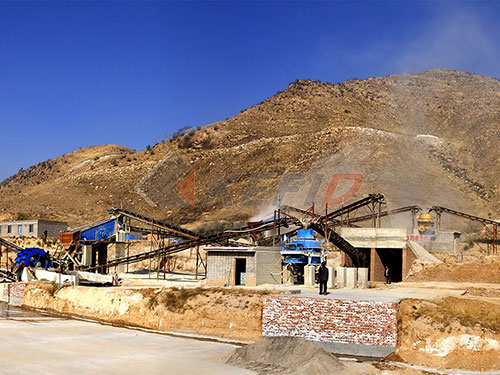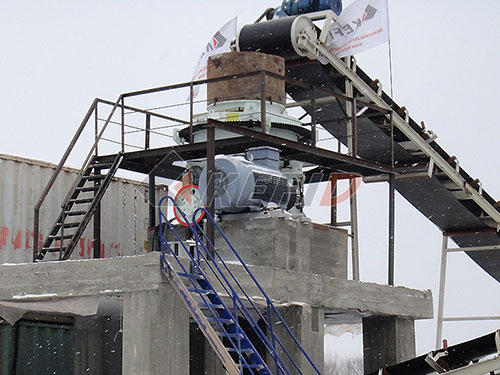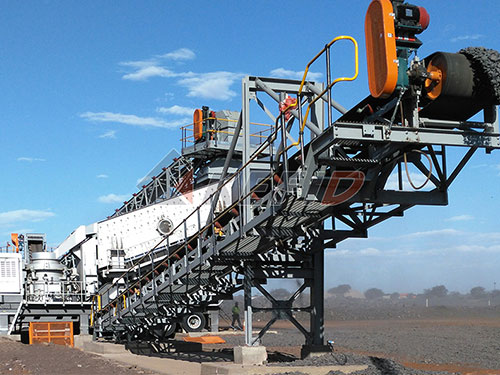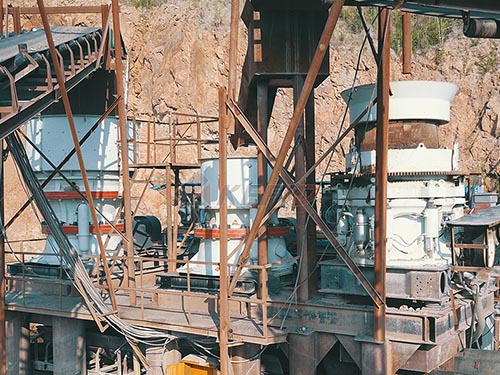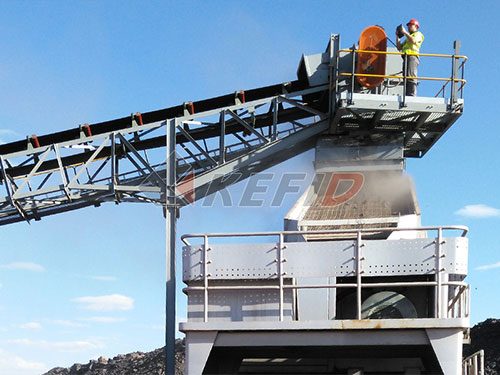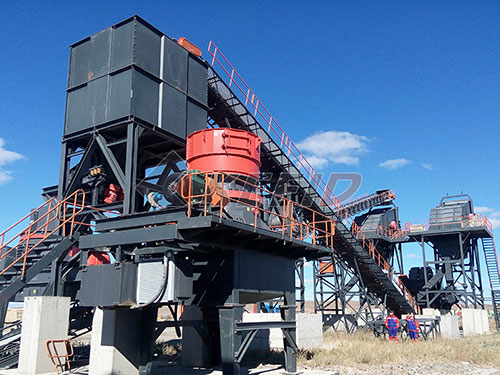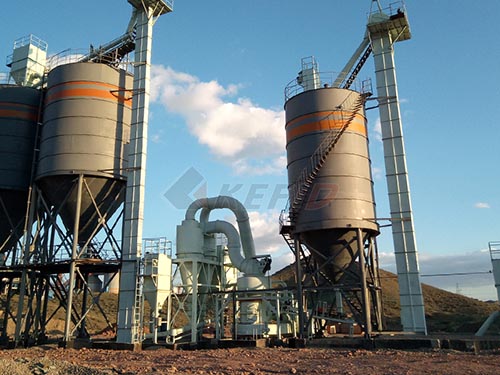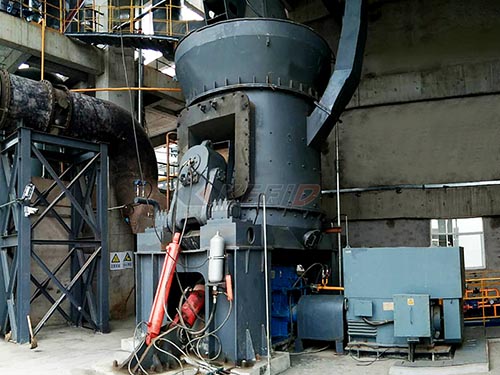A CS Cone Crusher (short for Cone Crusher, Symons Type) is a high-efficiency spring cone crusher developed based on the principles of laminating crushing and multi-breaking, less grinding. It is widely used in mining, metallurgy, construction, road building, and chemical industries for crushing hard and medium-hard materials like iron ore, copper ore, limestone, quartz, granite, basalt, etc.
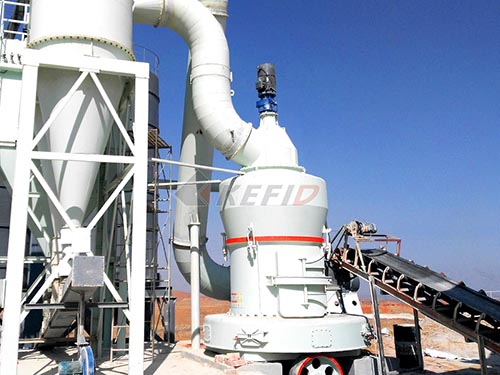
Key Features of CS Cone Crusher:
1. High Efficiency & Energy Saving
– Optimized cavity design and advanced crushing principle improve efficiency.
– Higher speed and stroke combination increase capacity significantly.
2. Excellent Particle Shape
– Laminating crushing reduces needle-shaped particles and improves product gradation.
3. Reliable Hydraulic System
– Hydraulic adjustment and protection ensure stable operation.
– Automatic overload protection prevents damage from uncrushable materials.
4. Durable Structure
– High-quality steel frame and components enhance longevity.
– Thick-walled main shaft for heavy-duty performance.
5. Easy Maintenance & Operation
– Modular design simplifies disassembly.
– Hydraulic cavity clearing reduces downtime.
Technical Parameters (Example: CS Series)
| Model | Max Feed Size (mm) | Discharge Range (mm) | Capacity (t/h) | Motor Power (kW) |
|-|-|||–|
| CS75 | ≤115 | 9-45 | 45-91 | 75 |
| CS160 | ≤150 | 13-38 | 109-181 | 160 |
| CS240 | ≤240 | 16-51 | 172-349 | 240 |
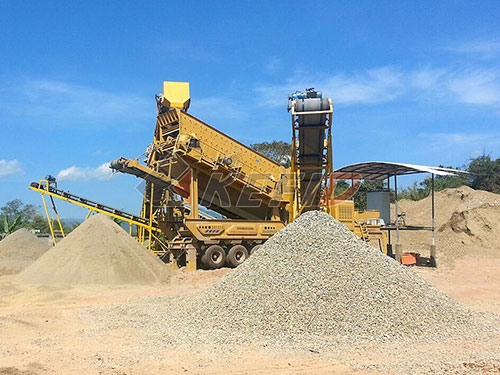
Applications
– Secondary & tertiary crushing in mining.
– Aggregate production for construction.
– Industrial mineral processing (e.g., cement plants).
Comparison with Other Crushers
– vs HP Cone Crusher: CS uses a spring-based system; HP uses hydraulic pressure for adjustment.
– vs Jaw Crusher: CS provides finer output but requires pre-crushing by a jaw crusher for large rocks.
Maintenance Tips
1. Regularly check lubrication system (oil level & quality).
2. Monitor wear parts (mantle, concave).
3. Ensure proper belt tension and alignment.
Would you like specific details on installation or troubleshooting?
